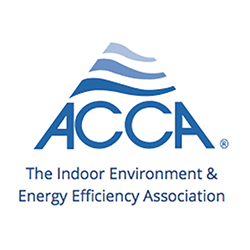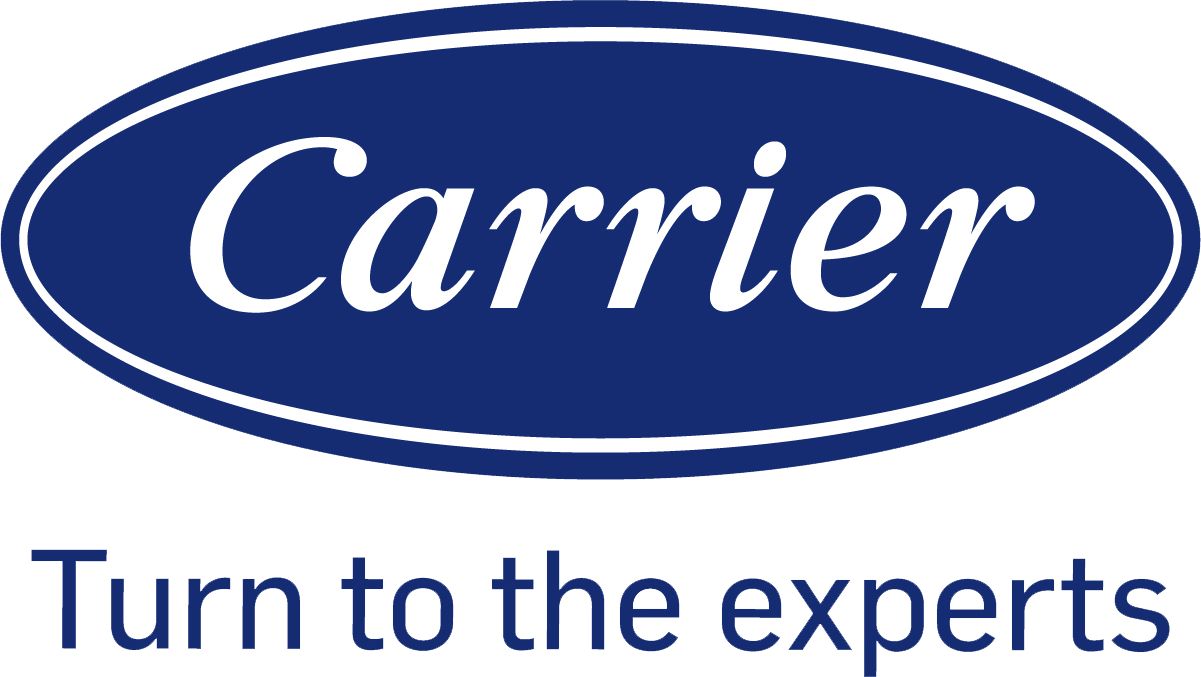Studies conducted by the EPA (Environmental Protection Agency) reveal that most indoor spaces are two to five times more polluted than the air outdoors. Coupled with the fact that most people spend about 90% of their time indoors, homeowners need to understand the importance of maintaining good indoor air quality. In today’s post, the HVAC contractors at HVAC Construction, Inc. take a look at the parts of the house that typically have poor indoor air quality, and what you can do to improve them.

Rooms That Have Typically Poor Indoor Air Quality
Pollutant levels can vary between the rooms in your home. Areas that are unoccupied or rarely used, like the basement or an unfinished attic, typically have dust and dust mites in the air. Mold can grow and spread unseen in the same areas if indoor humidity levels are too high. Asbestos may be present in houses built before the 1960s, though it usually doesn’t spread unless the components that contain it, typically exterior walls, are disturbed.
House dust is an indoor pollutant that’s present in most parts of the house. House dust is composed more than just dirt: it also contains dead skin cells, clothing fibers and bits of dead bugs, among other things. Dander will also contribute to dust if you have pets living in the home. VOCs (volatile organic compounds) come from various household items like paint, cleaning products and materials used for crafting, including adhesives.
How to Improve Indoor Air Quality
There are some things that you can do to improve your home’s indoor air quality.
- Control the source. Knowing where indoor air pollutants come from can help you control the amount that circulates in your home. Replacing the HVAC air filters as needed can help control the air that passes through your home’s vents. Dusting and vacuuming regularly, as well as avoiding products with VOCs, can also help control the source of indoor air pollutants.
- Improve ventilation. Allow fresh air into your home and flush out pollutants by opening the windows at least 15 minutes every day. Use the screens that came with your windows to stop pollen and other pollutants from getting in.
- Run an air purifier. An air purifier scrubs the air in your home and gets rid of pollutants that may already be circulating. Standard air purifiers trap pollutants using high-efficiency air filters, with some models augmented by UV purification systems.
Call HVAC Construction, Inc. for Your HVAC Needs
To learn more about why Salt Lake City and the surrounding communities in Utah prefer HVAC Construction, give us a call at (801) 298-4822. You can also fill out our contact form to schedule an appointment.







